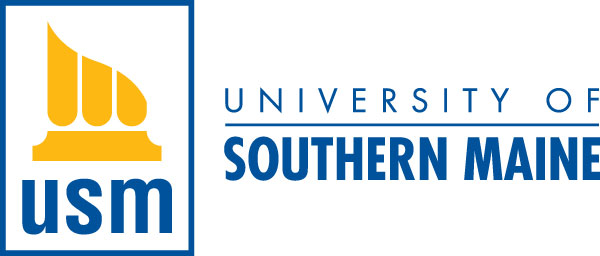By Melissa Fraser, Staff Writer
Amidst centuries of colonization and ongoing threats to their cultures, the Native Wabanaki population is working towards increasing Indigenous language courses, representation and awareness at USM.
Concerned members of the Native American Student Alliance (NASA) met with President Cummings and Provost Jeannine Uzzi on April 2 to discuss changes they would like to have implemented at USM.
“We depend on our connections as Native people,” said Kendra Sockabasin, a member of NASA and a student at the University of Maine in Augusta (UMA).
“We have students that come to the University of Maine System (UMS) not knowing anything about their background as Native people, and then they come and what is available for them? There is no space for them to go to get that connection. It’s hard to find. It needs to be a more accessible connection,” Sockabasin said.
A Wabanaki Center was created at the University of Maine at Orono to support Native students and provide programs to increase knowledge and awareness of language and culture, according to the UMO website.
Creating visibility for Native students is an important piece of increasing awareness and the acknowledgment of Native culture, according to NASA member, Lilah Akin, a senior geography and anthropology major with a focus in cultural and natural heritage management at USM.
A deficit narrative surfaces in these conversations, even amongst well-meaning allies, which draws attention to the challenges but also reinforces stereotypes and implies hopelessness, said Akin.
“We can use better practices and explore how to shift the language. But if we don’t have a physical place to do that, and a physical place to attract students so that they’re not invisible or so that there’s a place where they can be proud of who they are or that they have support, just like how we support our LGBTQ community and students of color, we owe it to the Indigenous people here,” Akin said.
Wabanaki Natives are concerned about maintaining the language and are focused on teaching the language to Native and non-Native students, according to Sockabasin.
“We’ve been in this era of reclamation and recording and now it’s time to go into implementation and teaching and sharing,” said Sockabasin.
USM falls short in Native course offerings, with only two introductory language courses. At UMA, where Sockabasin attends, they offer none.
In 1879, the United States started a forced assimilation project under the direction of Civil War veteran Lieutenant Colonel Richard Henry Pratt. Native children were removed from their homes and placed in Residential Schools in an effort to assimilate youth into mainstream American culture, according to the Carlisle Indian School website.
Forced assimilation created intergenerational trauma for Native people. Their language, culture and identity was suppressed and criminalized, according to an article published by the Pulitzer Center.
Over the course of 40 years, over 10,000 Native children from 141 tribes attended Carlisle, according to a report on the USM website. There were ultimately only 158 Native youths who graduated and received degrees from the program.
“Now, especially with younger generations coming in and knowing more about the deeper story and the full history, we can move forward and work together with the systems that already exist to make it what it should be,” said Sockabasin.
The number of Native language speakers shrank due to forced assimilation. “By 1943, two thirds of Native peoples could not speak their own language,” according to the USM report.
Efforts have been made by UMS to increase educational accessibility to Native students, according to the USM report. A tuition waiver and scholarship program have been created and currently exists for all Native students on all campuses. The waiver covers all mandatory fees, accredited courses and additional funding supports room and board on campus.
“Being a Native student is amazing. We have opportunities that are given to us from the University of Maine System, but once we get into those positions, the support is very much lacking. Then the actual completion of our degrees becomes harder,” said Sockabasin.
Research conducted by the American Psychological Association (APA) has shown that creating cultural centers and providing institutional support leads to a more successful educational experience for Native students.
“A lot of us want to be giving back to our communities. We want to be studying us. We want to be helping progress our tribe and give back in that way, but we don’t have those opportunities right now,” said Sockabasin. “We can go to school, but we have to work so hard to find our correct curriculum, the curriculum that we desire.”
Studies show that this is a common desire amongst Native people and that they benefit most from “educational environments that are consistent with their cultural norms and are respectful of their ethnic identity,” according to the APA.
“It’s a wheel that’s really slow turning and needs a crank. I think that the students are partially responsible for that crank, but the institution itself throughout history has been lacking and we’re at a major opportunity for growth,” said Sockabasin.
Both NASA members say this is a time of healing for the Native community. They believe positive change is necessary and possible across UMS.
“We can all do it together. It’s possible, the opportunity is there, we just need to harness it and work together,” said Sockabasin.

